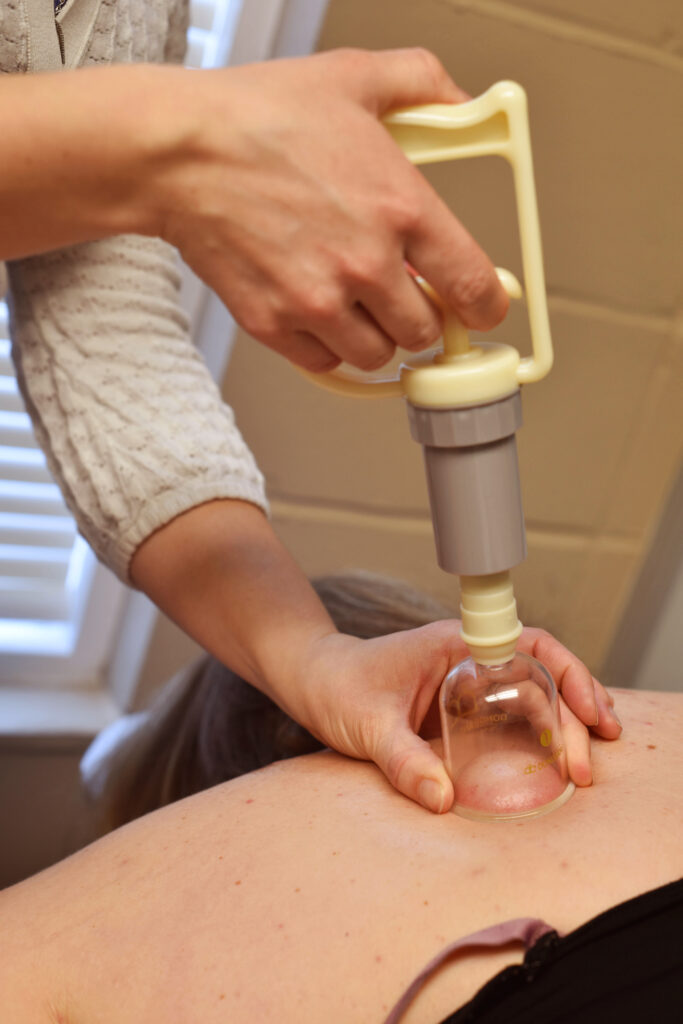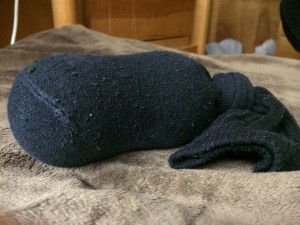
Written by Dr. Elisha Cook ND
Cupping has had a lot of media coverage over the years in regards to athletes and pain, but what is it really and how can it help you? To begin with, cupping is a form of traditional Asian medicine that has been used for thousands of years to aid with so many different health concerns. Though cupping and acupuncture look quite different, their actions can be quite similar. For some, cupping can have a more profound effect on issues such as fibrotic tissue and fascia that is tight. Cupping has been compared to massage therapy treatment as well as a result.
The following is a list of both actions that can take place in the body and the potential conditions or symptoms it can help to alleviate.
How Does Cupping Work?
Cupping works via many different pathways which cause:
- Releases endorphins – resulting in decreased pain
- Relaxes muscle
- Reduces pain
- Promotes blood flow
- Promotes lymphatic circulation
- Stimulates the immune system
- Regulates inflammatory pathways
What Can Cupping Help with?
Cupping can help with many surprising conditions/symptoms including:
- Pain – muscle
- Muscle tension
- Sports injuries
- Stress
- Fertility
- Depression
- Anxiety
- Headaches/ Migraines
- Insomnia
- Coughs and colds
- Weight loss
- Fatigue
- Hypertension (high blood pressure)
- Lumbar Disc Herniation
- Acne
- And more
How do our Naturopathic Doctors use cupping?
Our Naturopathic Doctors’ approach to cupping is based on both Asian medicine and Western medicine. They apply the cups based on the muscle areas that hurt and also the pathways that from a Asian medicine perspective need to be addressed. In this way, the system as a whole is supported and not just help with sore muscles. You are not your disease and you need to be treated as such.
Moving cupping or stationary cupping may be chosen for your specific situation and depending on your particular concerns. The cup is typically left for 5-20 minutes (again depending on the concern). This treatment can be quite aggressive and so your Naturopathic Doctor needs to assess whether this is a valid treatment option for you. Cupping also leaves a dark hue on the skin that can often be tender following treatment. Some individuals may choose to use acupuncture only to avoid the discolouration of the skin. This discolouration is not permanent, but may last up to a week following treatment.
The colour change that happens on the skin is a result of increase circulation and increased lymphatic flow to the area. From an Asian medicine perspective, this is the result of a heavily stagnated area that has finally broken up. Following treatment, some individuals may also feel a bit sore. This is normal, and so, some individuals may choose to ice the area for 10 minutes to decrease the tenderness.
If you are interested in trying cupping, feel free to contact the clinic and book your appointment today, or contact me through the contact portion of my website for more information.
Have you benefited from reading this blog? Know someone that would benefit as well? Share, Like, Comment, or Tweet this article, and let me know what you think.
Some of the information provided above may not be appropriate for everyone, please consult with your doctor before trying any of the above. If you are interested in Naturopathic Medicine and wanting a different approach to your health care needs, contact Dr. Elisha Cook ND by calling 226-232-7665 and book your appointment today!

